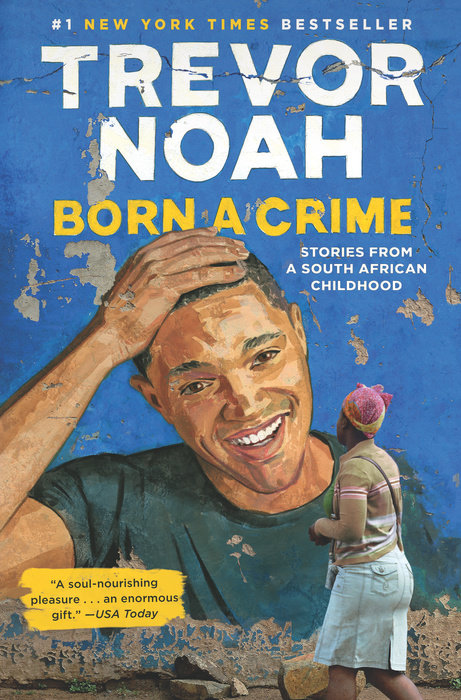Tall, pale and handsome: why more Asian men are using skin-whitening productsPosted in Anthropology, Articles, Asian Diaspora, Media Archive on 2016-11-25 22:50Z by Steven |
Tall, pale and handsome: why more Asian men are using skin-whitening products
The Conversation
2016-11-24
Gideon Lasco, Ph.D. Candidate in Medical Anthropology
Amsterdam Institute for Social Science Research (AISSR)
University of Amsterdam
Jose, 19, is a college student in Puerto Princesa City, Philippines.
On a regular school day, after he wakes up, he takes a shower, scrubbing his body using soap made of papaya (Carica papaya), a fruit that’s said to have skin-whitening properties. Afterwards, he applies a facial whitening lotion, and before finally going to school he uses SPF 30 sunscreen, again with whitening properties, on his face and arms.
Jose was one of many young people I met in my ethnographic work as part of the Chemical Youth Project, a research programme that sought to document and make sense of the different chemicals that young people use in their everyday lives, from cosmetics to cigarettes.
Skin whitening among women has long been commonplace in the Philippines and other parts of Asia and the world but, while working on this project, I was struck by the fact that young men too, are using a plethora of whitening products. And that these products have proliferated in various retail outlets, from shopping malls to small sari-sari, or neighbourhood, stores.
But this development is not unique to the Philippines either. A 2015 study found that the prevalence of skin-whitening product use among male university students in 26 low and middle-income countries was 16.7%. The figure was higher in many Asian countries: 17.4% in India, 25.4% in the Philippines, and 69.5% in Thailand.
In the Asia-Pacific region alone, the male cosmetics industry was estimated at $2.1 billion in 2016. Whiteners are likely to be a significant component of this figure; a 2010 study reported that 61% of all cosmetics in India had a whitening effect…
Read the entire article here.

